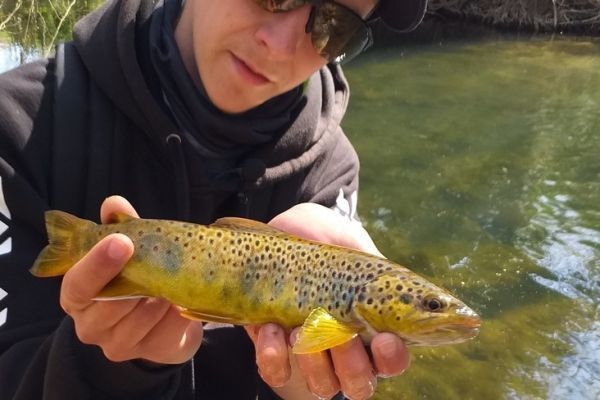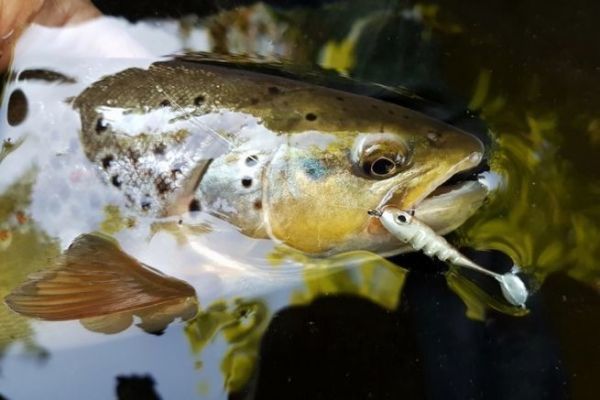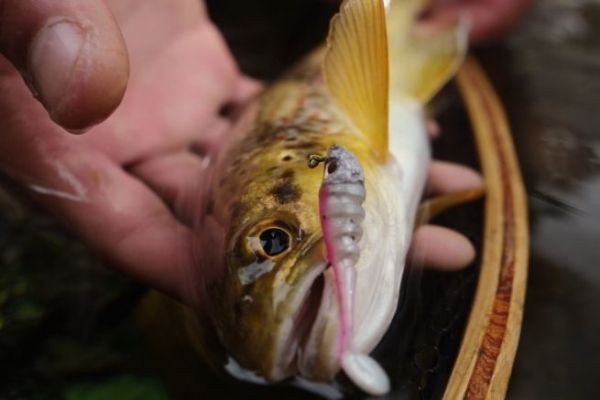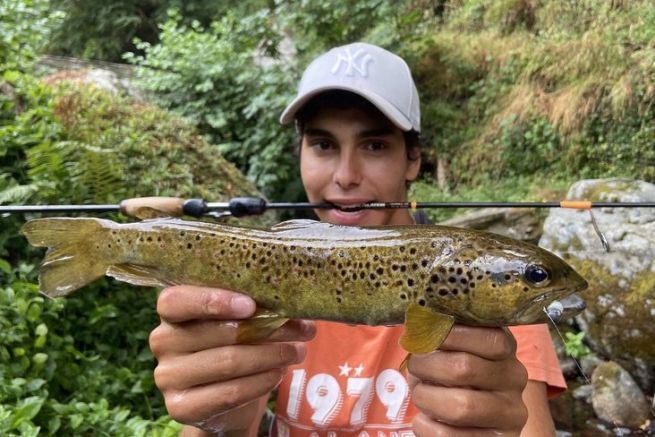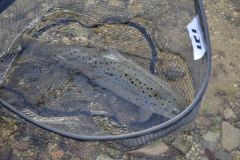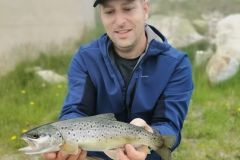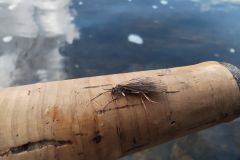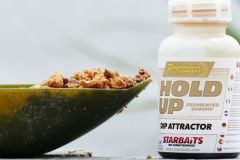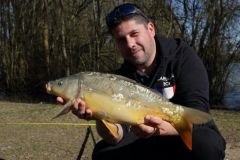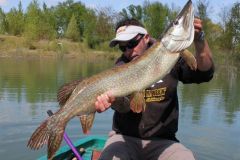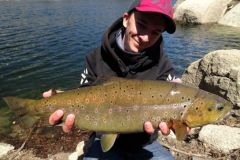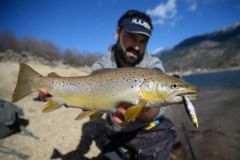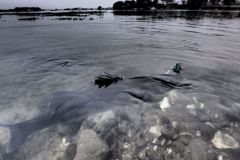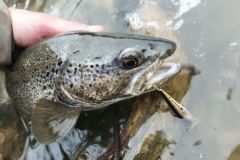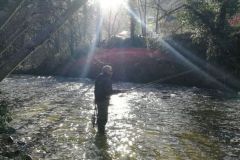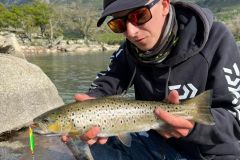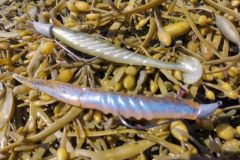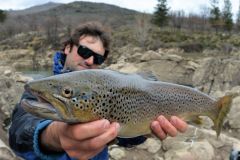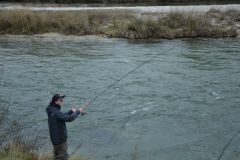Fish sized for the environment
Regardless of the region of France in which you practice trout stalking, small streams are generally home to medium-sized fish, sometimes up to 35 cm, but with the majority around 20 to 25 cm.
When feeding on fry, these trout generally target small prey, often less than 4 cm in size, forcing anglers to use very small lures in order to offer a prey that matches those of the environment.
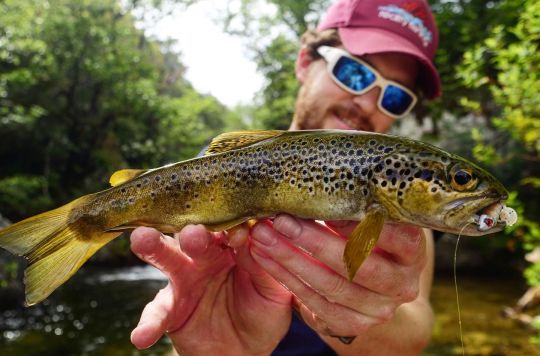
The soft lure, an alternative to the spinning spoon
Although the most popular lure for this type of fishing is still the spinning spoon, which has proved its worth, it is limited both by its swimming depth and by the distrust of fish to its vibrations, as it is used by many anglers.
The good alternative is soft lure fishing, which allows you to comb all layers of water, whatever the depth and strength of the current, and to get off the beaten track a little by offering trout a less usual prey.
The different types of soft lures for small streams
There are two types of soft lures to use when fishing for trout in streams: the imitations of small fry and small insects .
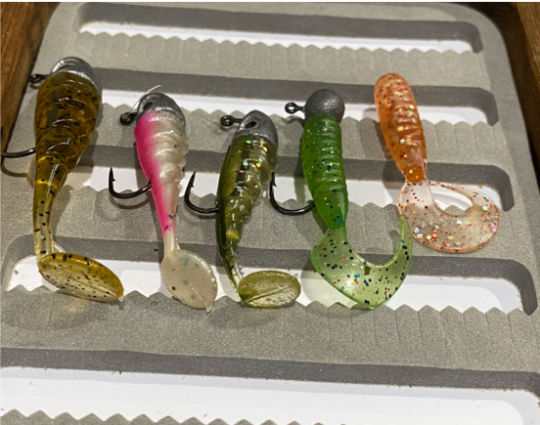
In the first category we find mainly Shads, whose paddle is perpendicular to the body of the lure, thus determining the swim when retrieving, and Grubs (or comma) whose thin tail starts to undulate, giving a visual effect of rotation when you reel.
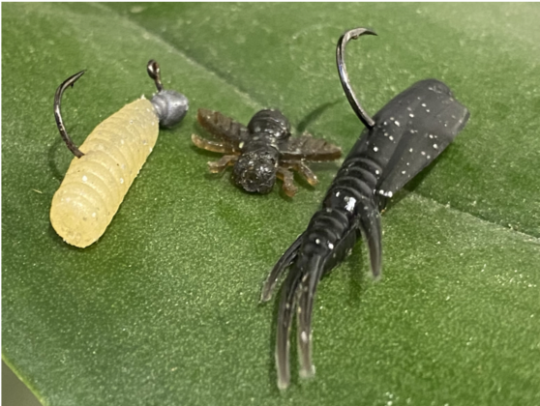
When it comes to insects, there's plenty to choose from, including imitations of small bugs, larvae, moths and worms.

Different imitations for different uses
Whereas a small shad or a comma will need to be reeled in more or less quickly depending on the speed of the current so that the tail of the lure kicks in (thus emitting vibrations, triggering attacks), an insect or worm imitation will need to be reeled in at the same speed as the current, drifting naturally as a real insect would.


